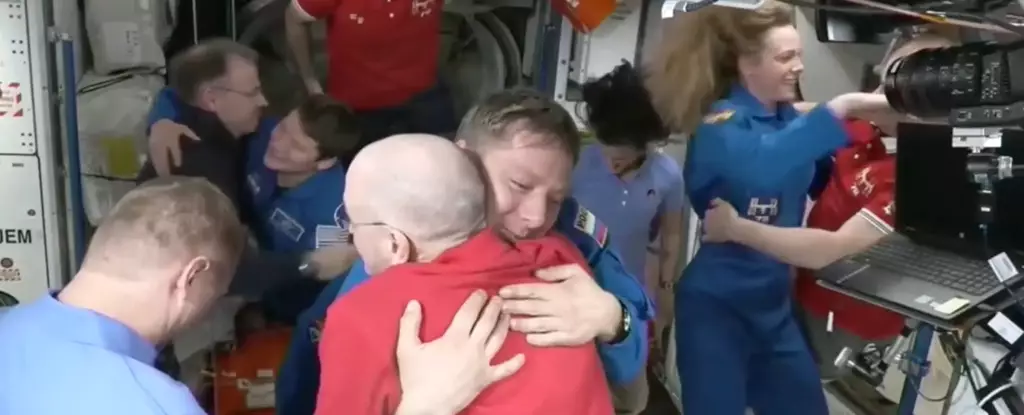On a historic Sunday, SpaceX’s Dragon spacecraft accomplished a significant milestone by docking at the International Space Station (ISS). This event marked the promising conclusion to a challenging chapters for astronauts Butch Wilmore and Suni Williams, who had been stranded in the vast stretches of space for more than nine months. Their lengthy stay was not part of a well-laid plan; rather, it was the result of unexpected hazards that sidelined their original mission timeline. Suddenly, the once-ordinary return to home now unfolded within the grand spectacle of space exploration’s unpredictability.
Resilience Amid Adversity
As the Crew-10 mission, composed of NASA astronauts Anne McClain and Nichole Ayers, Japanese astronaut Takuya Onishi, and Russian cosmonaut Kirill Peskov, approached the ISS, it opened the door for Wilmore and Williams to finally come home after their extended period in orbit. Initially, their mission was designed to last a mere eight days, but technical difficulties with Boeing’s Starliner spacecraft turned the situation into a prolonged test of endurance and resilience. The challenges faced were significant: helium leaks and thruster malfunctions became roadblocks, resulting in the Starliner being returned to Earth without a crew. Here, we witness not just the triumph of technology but also the human spirit. Those aboard the ISS had adapted to the unexpected with steadfast resolve, continuing essential research and system testing in spite of limited resources.
Human Connections in Space
The emotional weight of the Crew-10 arrival was palpable, as live footage showed the elation of crew members embracing one another. Space, with its seemingly infinite expanse, can evoke feelings of isolation; thus, these human connections matter immensely. Watching astronauts celebrate their reunion serves as a powerful reminder of the camaraderie that defines international cooperative efforts in space exploration. Through complex, collaborative missions, humanity witnesses not just technological advancements but also the deep ties that form between individuals working towards common goals, evoking hope for future generational exploits in the cosmos.
Future Missions: Paving the Way for New Discoveries
As Crew-10 prepares for a substantial six-month tenure aboard the ISS, their research will lay the groundwork for future human exploration beyond our home planet. Groundbreaking research during this period will not merely focus on scientific inquiries but also serve to examine the sustainability of human life in the hostile environment of space. NASA’s aspirations in furthering human presence on Mars and beyond necessitate a comprehensive understanding of long-duration spaceflight, relying on the findings gathered by courageous astronauts like those of Crew-10.
This mission, marred initially by setbacks, solidifies SpaceX’s actions as a force for good in the aerospace sector. The company not only filled a crucial gap left by the troubled Starliner project but also reaffirmed the significance of rapid innovations in technology and strategy execution. Thus, as we look toward the future of space travel, the Crew-10 mission encapsulates both the spirit of resilience and the boundless potential for human ingenuity.

